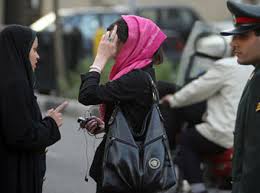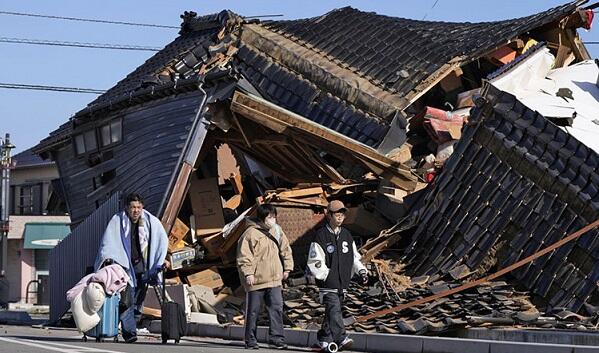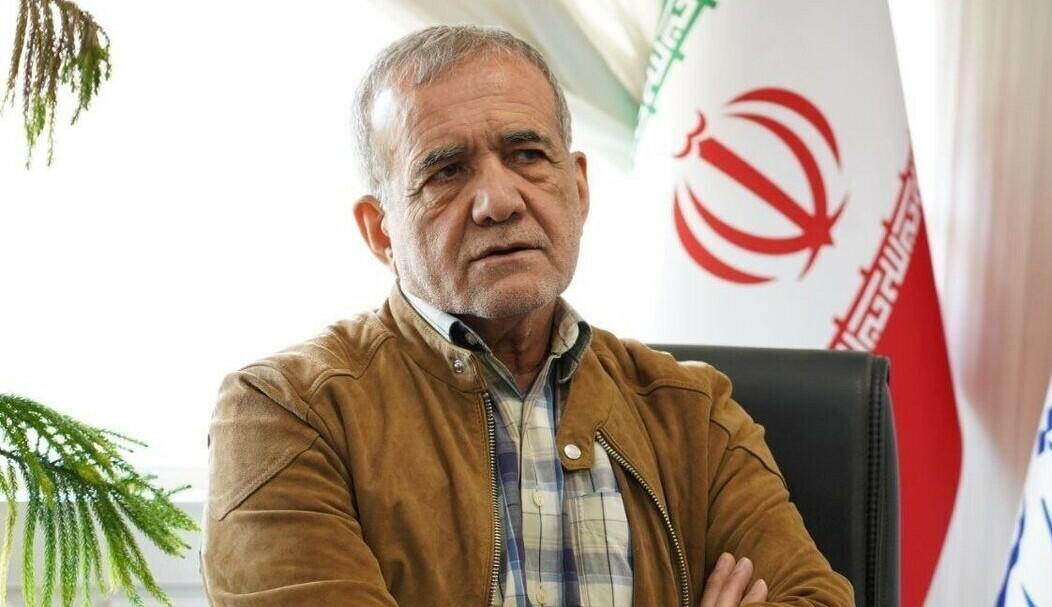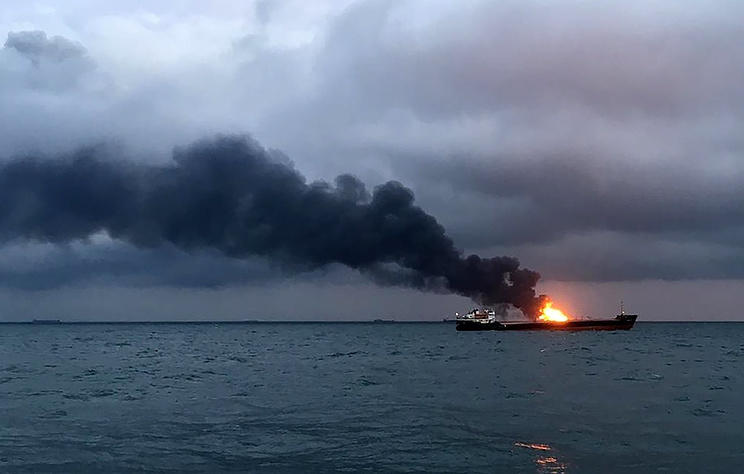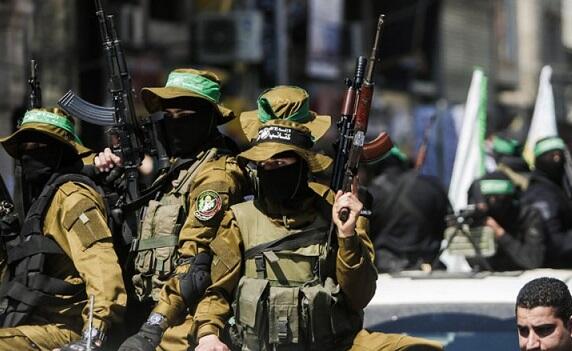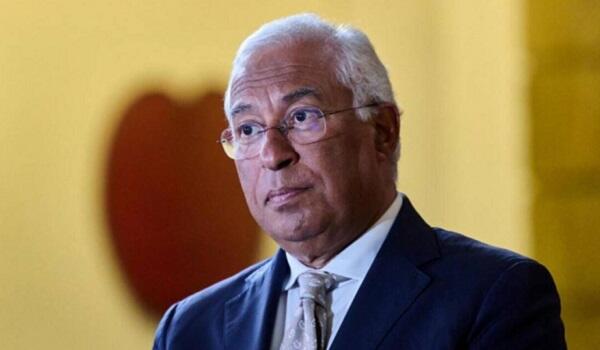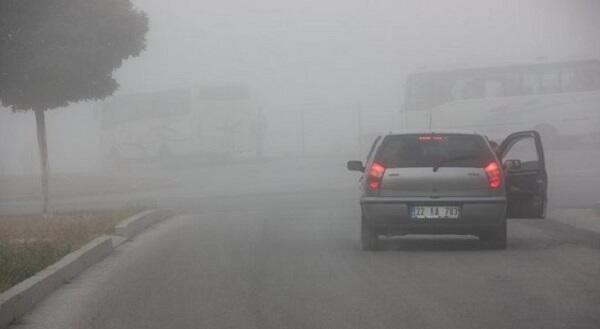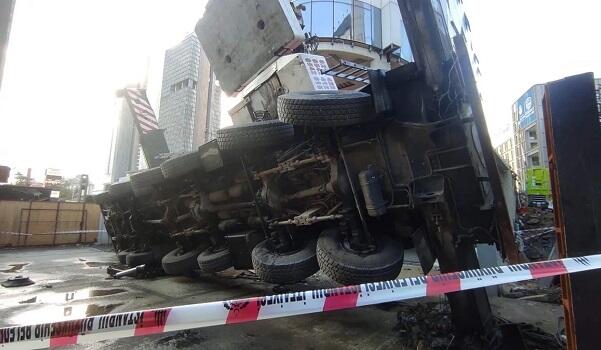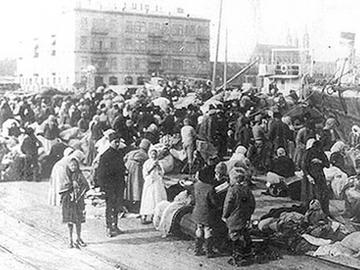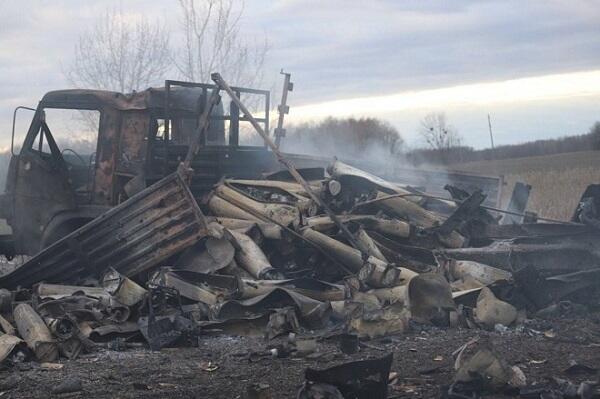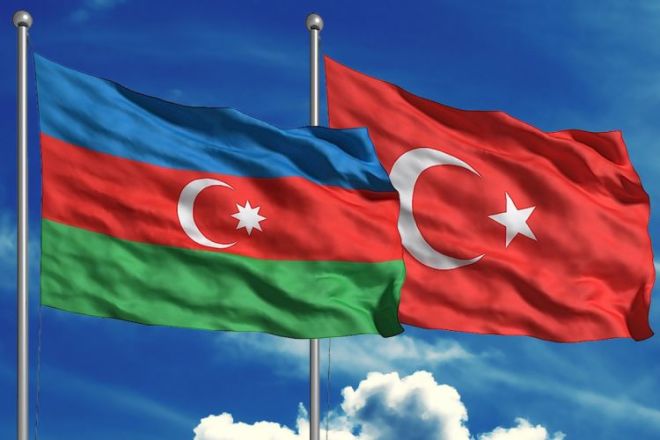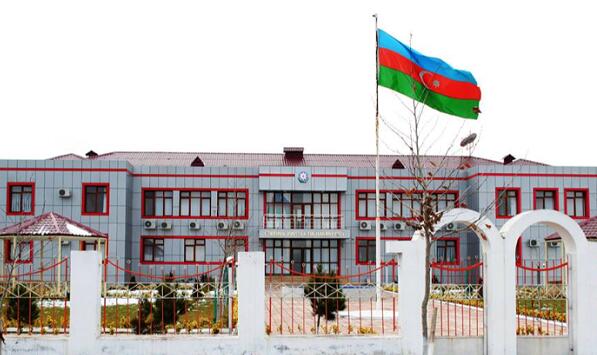Axar.az presents the article 'The Mass Deportations of West Azerbaijanis from Armenia and the Violation of Their Property Rights.'
West Azerbaijan – the present-day territory of the Republic of Armenia – for centuries was a region densely populated by Azerbaijanis and rich in economic, cultural, and historical values. However, from the beginning to the end of the 20th century, the Azerbaijanis living there were subjected to four major waves of violent expulsion from their ancestral homelands. The deportation process, which began in 1905, continued during the years 1918–1920, 1948–1953, and 1987–1991.
During these deportations, hundreds of thousands of Azerbaijanis were expelled from their legally inhabited lands and deprived of their fundamental rights – the right to housing, freedom, and property. Thousands were killed, and numerous homes were destroyed. In the following decades, the historical and cultural heritage belonging to Azerbaijanis in Armenia – including mosques and cemeteries – was systematically demolished, village names were changed (there are numerous decisions of the Council of Ministers of the USSR and the Armenian SSR on this matter), and Azerbaijanis faced systemic discrimination.
Historical Context: The Last Two Waves of Deportation
The deportation of 1948–1953 was based on Decree No. 4083 of the USSR Council of Ministers dated December 23, 1947, and Decree No. 754 dated March 10, 1948, which envisaged the “voluntary” resettlement of Azerbaijanis from the Armenian SSR to the Kura-Aras lowland of the Azerbaijan SSR. In reality, it was a forced deportation. Civilians, often forced to leave their homes overnight, had to abandon most of their property. Their hard-earned houses and cultivated lands were largely handed over to Armenian families relocated from abroad or transferred to state farms. According to official statistics, around 100,000 people, organized into over 13,000 households, were deported.
During the ethnic cleansing of 1987–1991, which coincided with the beginning of the Karabakh conflict, about 300,000 Azerbaijanis living in Armenia were expelled through armed attacks, killings, arrests, and repression. In total, 170 “pure Azerbaijani” and 94 “mixed” settlements were completely depopulated. The last evacuated village was Nüvədi. On August 8, 1991, the last Azerbaijanis were driven out of Armenia.
All these waves of deportation not only changed the demographic map but also caused massive violations of the property rights of hundreds of thousands. Houses, lands, farms, orchards, livestock, and industrial facilities built over generations by West Azerbaijanis were either confiscated or looted. During armed attacks by Armenian militants, most houses were burned and destroyed.
Yet the deportation of West Azerbaijanis is not only a historical event. It remains today an unresolved issue of international law, as well as an ongoing political and humanitarian problem.
Violation of the Property Rights of West Azerbaijanis
The fundamental property rights of West Azerbaijanis – a universal human right – were violated in various ways:
- Confiscation and looting: Movable and immovable property was seized by the state or private individuals.
- Destruction of documents: Title deeds, cadastral maps, and community records were destroyed.
- Changing of toponyms: Villages were renamed to give the regions a “new legal identity” (e.g., Cəfərabad to “Avangard,” Göykümbət to “Qexanist”).
- Transfer of property without compensation: Houses were reassigned to new owners, lands transferred into the balance of collective and state farms.
- Lack of compensation mechanisms: Neither the USSR nor independent Armenia developed programs for restitution or compensation.
The violation of West Azerbaijanis’ property rights contradicts several international conventions and documents:
1. Universal Declaration of Human Rights (1948), Article 17: “No one shall be arbitrarily deprived of his property.”
2. European Convention on Human Rights, Protocol No. 1, Article 1: The right to peaceful enjoyment of possessions.
3. Geneva Conventions: Prohibition of forced displacement of civilians and the appropriation of their property.
Although the Constitution of the Armenian SSR provided for the protection of property rights, Azerbaijani owners were dispossessed by state authorities. After independence, Azerbaijani properties were redistributed under the status of “abandoned property.”
Thus, the Armenian government bears responsibility for addressing the consequences of these violations, including property rights violations.
Possible Mechanisms for Restoration
Priority measures involve international legal remedies. Complaints to the European Court of Human Rights – both individual and collective – could be effective. A precedent for this is the case of the Chiragov brothers and others v. Armenia. West Azerbaijanis may also file individual complaints against Armenia at the United Nations Human Rights Committee.
The “Return Concept” of the West Azerbaijan Community allocates broad space to property rights. It clearly emphasizes Armenia’s responsibility: Armenia must return Azerbaijani-owned property and community lands, compensate for damages and lost use, and cover all costs of restoration. It must also implement measures for restitution and transfer.
The concept stipulates that the return model must restore the original settlement structure. Attempts to scatter the population under various pretexts must be rejected as discriminatory and as obstacles to reintegration. It also calls for international monitoring, compensation, and programs for reintegration and rehabilitation.
Proposed measures include:
- Establishment of a “West Azerbaijan Property Fund” with international donors,
- Systematic valuation of confiscated property,
- Financial compensation or alternative land allocations,
- Digitization of archival material, property documents, maps, photos, videos, and testimonies.
The violation of the property rights of West Azerbaijanis is therefore not only a historical injustice but also a present-day legal problem. Its resolution requires both international legal and diplomatic measures.
The position of the West Azerbaijan Community remains clear: Armenia must ensure the return of Azerbaijani-owned property and community lands, provide compensation for damages and loss of use, and bear all related costs. However, financial compensation cannot replace the right of return and the right to live in one’s homeland.
This article appears within the framework of the project “History of Pain,” implemented by the Association for Civic Research and Development with the support of the Agency for State Support to Non-Governmental Organizations of the Republic of Azerbaijan.




